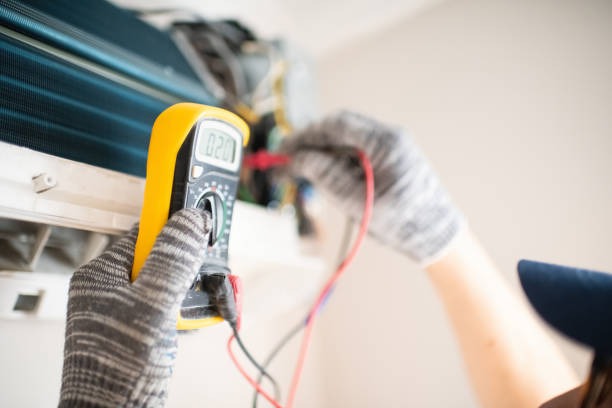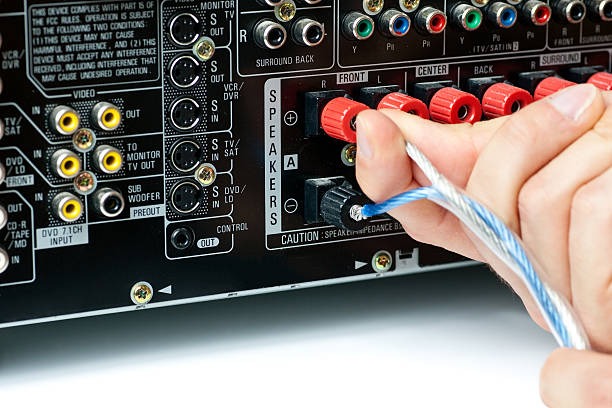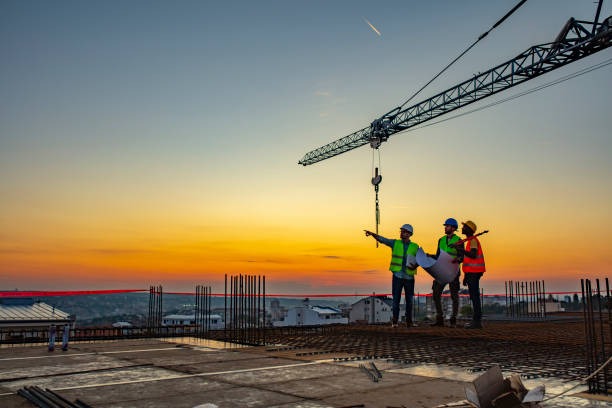Modern air conditioning installation techniques have evolved significantly to improve efficiency, comfort, and environmental impact. Understanding these advancements is essential for homeowners and businesses seeking effective climate control solutions. One key development is the emphasis on precise load calculation before installation. Instead of relying on outdated rules of thumb, professionals now use advanced software tools to assess a building’s specific cooling requirements based on factors such as square footage, insulation quality, window placement, and local climate conditions. This ensures that the selected air conditioning unit matches the actual demand without wasting energy or compromising performance.
Another important technique involves ductwork design and sealing. Properly designed ducts facilitate optimal airflow throughout the space while minimizing leaks that can reduce system efficiency by up to 30 percent. Modern installers utilize high-quality materials combined with meticulous sealing methods using mastic or specialized tapes to prevent air loss. Additionally, zoning systems are increasingly incorporated into installations to allow individual temperature control in different areas of a building. This not only enhances comfort but also reduces energy consumption by cooling only occupied zones rather than an entire structure.
The integration of inverter technology represents a significant leap forward in modern air conditioning Sebastian systems. Inverter-driven compressors adjust their speed dynamically according to real-time cooling needs instead of operating at full capacity all the time. This results in smoother temperature regulation and substantial energy savings over traditional fixed-speed units. Installation experts ensure proper electrical connections and calibrate these components carefully during setup to maximize benefits.
Environmentally friendly refrigerants are another critical consideration today due to stricter regulations aimed at reducing greenhouse gas emissions from HVAC equipment. Newer installations often use refrigerants with lower global warming potential (GWP) compared to older substances like R-22, which has been phased out in many regions worldwide. Technicians must be knowledgeable about handling these modern refrigerants safely while complying with legal standards.
Smart controls have become standard features integrated into contemporary air conditioning setups as well. These include programmable thermostats and Wi-Fi-enabled devices that allow users remote access via smartphones or voice assistants for convenient operation and monitoring energy usage patterns over time.
In summary, modern air conditioning installation techniques focus on precision planning through accurate load calculations, improved ductwork practices including sealing and zoning capabilities, adoption of inverter compressor technology for enhanced efficiency, use of environmentally safe refrigerants compliant with current regulations, and incorporation of smart control systems for user-friendly management. These innovations collectively contribute toward more sustainable climate control solutions tailored specifically to meet individual building requirements while optimizing comfort levels effectively throughout various settings today’s consumers demand from their HVAC investments.
Air Docs Heating & Cooling
9535 US-1, Sebastian, FL 32958
772-732-6766





